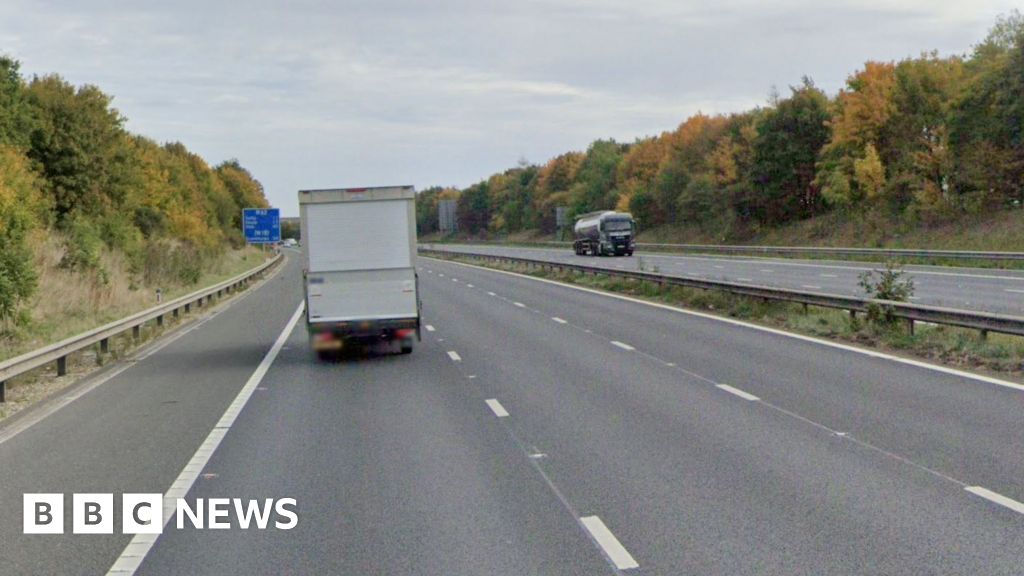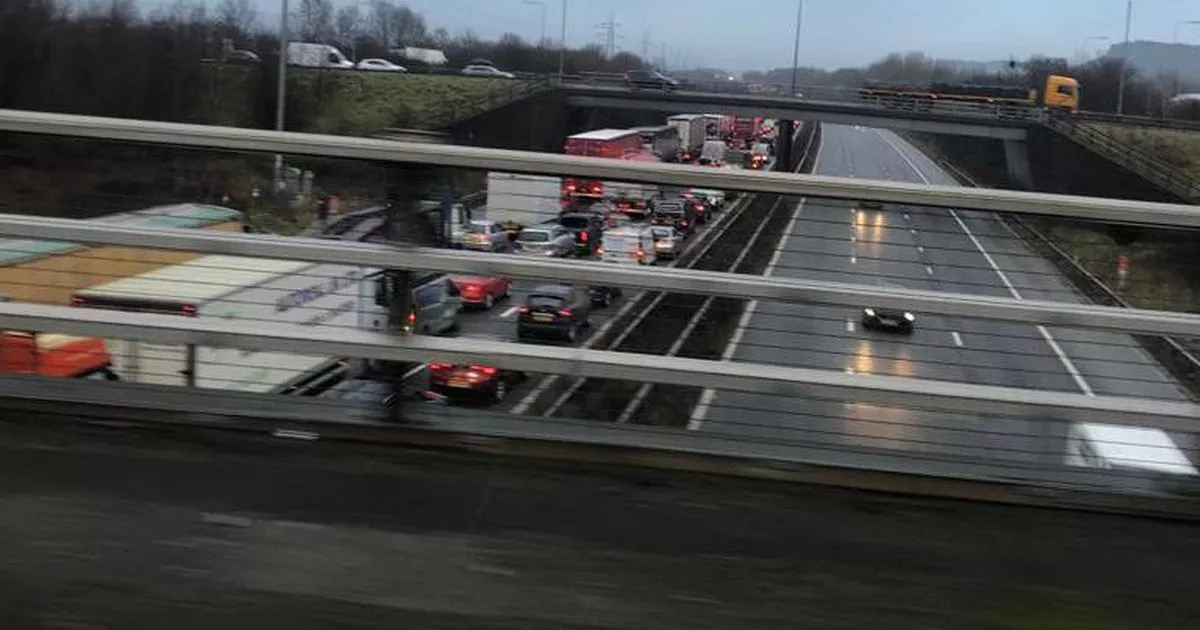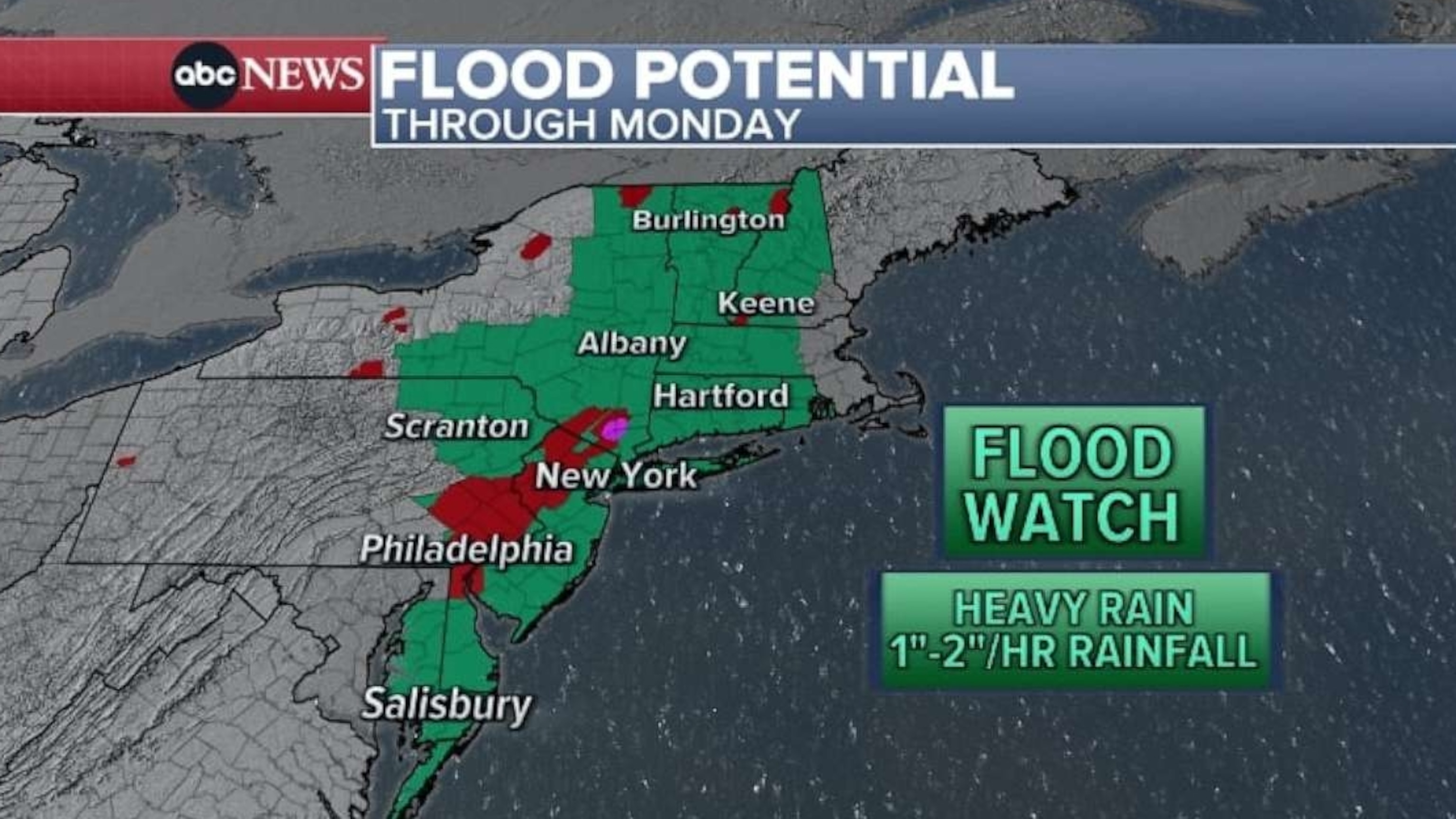Understanding Flash Floods: How To Respond To Flood Warnings And Alerts

Table of Contents
What are Flash Floods and Why are They Dangerous?
Flash floods are a rapid and dangerous form of flooding. Unlike slow-onset river floods, flash floods develop and reach dangerous levels in a matter of minutes or hours. This rapid onset flooding leaves little time for evacuation, making them particularly perilous. Several factors contribute to flash floods, including:
- Intense rainfall: Heavy downpours, often associated with thunderstorms or tropical storms, are the primary cause. The ground becomes saturated, unable to absorb the excess water, leading to rapid runoff.
- Dam or levee failures: Breaches in water control structures can release massive amounts of water downstream, causing devastating flash floods.
- Sudden snowmelt: Rapid melting of snowpack, particularly during spring thaws or warm spells, can overwhelm drainage systems and lead to sudden flooding.
- Mudslides and debris flows: Heavy rainfall can trigger landslides that can dam rivers or streams, causing water to build up and burst through, creating flash floods laden with debris.
The dangers of flash floods are significant:
- Rapid water rise: The speed at which water levels rise is the most dangerous aspect. People may be trapped with little warning.
- Strong currents: Flash floodwaters possess incredibly strong currents capable of sweeping away vehicles, homes, and people.
- Debris and submerged hazards: Floodwaters often carry debris like trees, cars, and other objects, creating significant hazards for anyone caught in the flow. Submerged objects can also be difficult to see and avoid.
- Waterborne diseases: Contaminated floodwaters can expose individuals to various waterborne diseases.
These dangerous floods, also known as sudden floods or rapid onset flooding, necessitate preparedness and a rapid response to warnings. Understanding the flood risks in your area is the first step to staying safe.
Understanding Flood Warnings and Alerts
Knowing the difference between various flood alerts is critical. Different types of alerts signal different levels of risk:
- Flood Watch: Conditions are favorable for flash flooding. Be prepared to take action if flooding begins.
- Flood Warning: Flash flooding is occurring or is imminent. Take action immediately.
- Flood Advisory: Flooding is possible or occurring in specific areas. Monitor the situation closely.
These alerts come from various sources:
- National Weather Service (NWS): The primary source for flood warnings in many countries. They use radar, rain gauges, and other data to issue timely alerts.
- Local authorities: Local emergency management agencies often issue more specific warnings tailored to your area.
To receive timely alerts, use these resources:
- NOAA Weather Radio: A dedicated radio service that broadcasts weather warnings and alerts 24/7.
- Weather apps: Most smartphone weather apps provide real-time alerts, including flash flood warnings.
- Local news and media: Stay informed by monitoring local news broadcasts and websites for updates.
- Emergency alert systems: Many cell phones are equipped with emergency alert systems that will send you warnings directly.
Understanding these NWS alerts and knowing how to receive them is a crucial part of flood safety.
How to Respond to Flash Flood Warnings
Effective response to flash flood warnings involves preparedness before, decisive action during, and careful recovery after the event.
Before a Flash Flood:
- Develop an evacuation plan: Know your evacuation routes and designated safe locations. Share this plan with your family.
- Identify safe routes and evacuation locations: Choose high-ground locations away from flood-prone areas.
- Prepare an emergency kit: Pack essential supplies, including water, non-perishable food, first-aid kit, medications, flashlights, and batteries.
- Know your risk level: Understand your area's flood risk and susceptibility to flash floods.
During a Flash Flood:
- Move to higher ground immediately: This is the most crucial step. Do not wait for the water to get closer.
- Avoid driving through flooded areas: Even a few inches of water can sweep away a vehicle. "Turn around, don't drown."
- Do not walk or swim in floodwaters: Floodwaters can be swift, deep, and contain hidden dangers.
- Seek shelter in a sturdy building: If evacuation isn't possible, find a strong, elevated building to shelter in.
- Contact emergency services if needed: Call emergency services if you or others are in immediate danger.
After a Flash Flood:
- Check for injuries and contact emergency services: Assess the situation and provide first aid if needed.
- Avoid floodwaters: They may be contaminated with sewage and dangerous debris.
- Report damage to authorities: Contact local authorities to report any damages to infrastructure or property.
- Follow instructions from officials: Obey all instructions from emergency personnel.
- Document damage for insurance purposes: Take photos and videos of any damage to your property.
Flood safety is paramount, and understanding flood preparedness measures significantly increases your chances of survival.
Conclusion
Flash floods are a serious threat, but with proper preparedness and a swift response to warnings, you can significantly reduce your risk. Understanding the dangers of flash floods, recognizing different types of flood warnings, and knowing how to react before, during, and after a flash flood event is vital for protecting lives and property. Remember the key takeaway: rapid onset flooding requires rapid action. Stay safe by creating your own flash flood preparedness plan today! Understanding and responding to flash flood warnings can save lives. Don't wait until it's too late – prepare for sudden flooding now!

Featured Posts
-
 Uncovering The Lost M62 Relief Road Plan For Bury
May 25, 2025
Uncovering The Lost M62 Relief Road Plan For Bury
May 25, 2025 -
 Accident On M56 Leads To Heavy Congestion On Cheshire Deeside Border
May 25, 2025
Accident On M56 Leads To Heavy Congestion On Cheshire Deeside Border
May 25, 2025 -
 Escape To The Countryside The Costs And Benefits Of Rural Living
May 25, 2025
Escape To The Countryside The Costs And Benefits Of Rural Living
May 25, 2025 -
 Flash Flood Emergency Preparedness A Step By Step Guide
May 25, 2025
Flash Flood Emergency Preparedness A Step By Step Guide
May 25, 2025 -
 Apple Stock Forecast Analyzing Q2 Performance And Future Outlook
May 25, 2025
Apple Stock Forecast Analyzing Q2 Performance And Future Outlook
May 25, 2025
Latest Posts
-
 Maryland Mourns The Loss Of Legal Luminary George L Russell Jr
May 25, 2025
Maryland Mourns The Loss Of Legal Luminary George L Russell Jr
May 25, 2025 -
 Claire Williams And George Russell A Complex Relationship In Formula 1
May 25, 2025
Claire Williams And George Russell A Complex Relationship In Formula 1
May 25, 2025 -
 Did Claire Williams Wrong George Russell A Critical Examination
May 25, 2025
Did Claire Williams Wrong George Russell A Critical Examination
May 25, 2025 -
 George Russell Pays Off 1 5m Debt Signals Point To A New Mercedes Contract
May 25, 2025
George Russell Pays Off 1 5m Debt Signals Point To A New Mercedes Contract
May 25, 2025 -
 Analyzing The Impact Of Claire Williams Decisions On George Russells Career
May 25, 2025
Analyzing The Impact Of Claire Williams Decisions On George Russells Career
May 25, 2025
